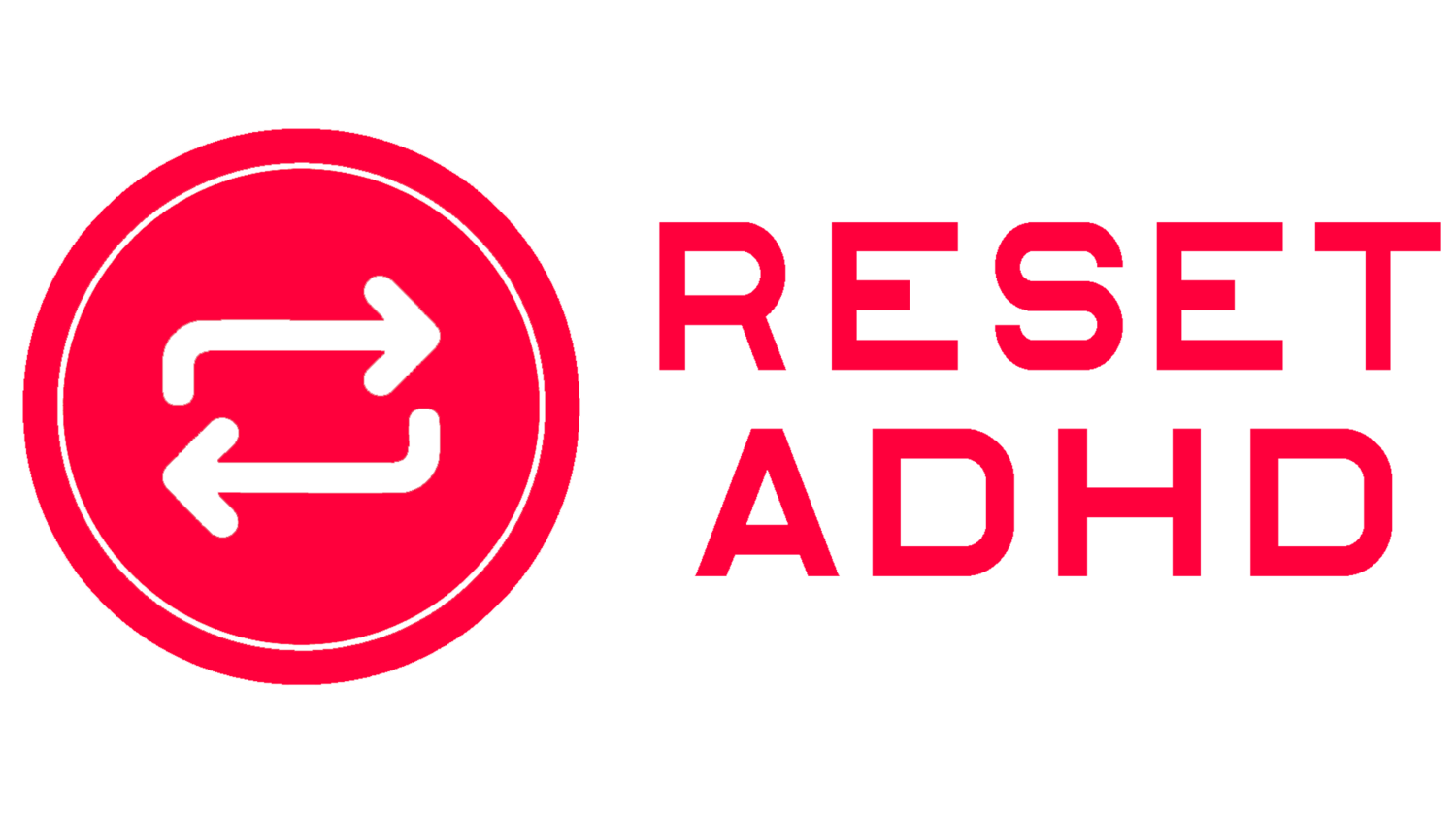7 Sleep Solutions for the ADHD Brain
Sleep can be a challenge for those of us with ADHD. However, a good night’s sleep is possible. Here are seven tips for a better sleep experience.
1.) Know Your Chronotype
Everyone has a chronotype. A chronotype is a genetically influenced determination of when your body gets tired and when it wants to wake up. Some people need to get up early and go to bed early. These people are known as morning larks. Some people do not get tired until later and need to sleep later into the day. They are called night owls. There are also people who do not fit into those two categories. Knowing your chronotype will help you know how to time your sleep for optimal sleep.
2.) Have the Right Environment
Keep the bedroom for sleep only. You want your bedroom to be a sanctuary of sleep. You want to associate your bedroom with sleep, not being awake.
It also helps to keep your bedroom dark when you are trying to sleep. Some ways of ensuring that include blackout curtains, a sleep mask, and turning digital clocks away from you.
One more sleep environment tip: Keep it cool. Your bedroom should not be too hot. They say the optimal nighttime temperature is between 60 and 67 degrees.
3.) Falling Asleep: Get Into Bed
Getting physically into bed can be a challenge when you have ADHD. Bedtime alarms can be useful here. It is a signal to start winding down. Moreover, being productive during the day will help prevent working later into the evening. (Easier said than done.) You might also need to make some sacrifices in order to get into bed. Staying up late to watch tv, play video games, or other activities that are fine during the day can prevent you from getting into bed on time. In short, you may have to sacrifice some fun time to get a better night’s sleep.
4.) Falling Asleep: Tire Yourself Out
Feeling tired can be accomplished in a few ways. Exercising during the day will help you feel tired when bedtime rolls around. It uses up your energy. Be careful not to exercise too close to bedtime; doing so less than an hour before bedtime might energize you.
Avoiding caffeine is another great way to ensure you are tired at night. Even at six hours before bedtime, caffeine can delay the onset of sleep by an hour.
Moreover, regulating the amount of light to which you are exposed will help you feel tired at bedtime. You want a good amount of sunlight during the day, and you want to make things dark at night. This is a signal to your brain of when to be awake and when to be asleep.
5.) Falling Asleep: Calm Your Brain
The ADHD brain, for whatever reason, likes to race at night. It thinks of all sorts of energizing ideas which makes it hard to fall asleep. One way to combat this is to de-stress. Do some relaxation exercises to really slow down and prepare for sleep. Another way to calm your brain is to have something on which to place your focus other than your racing thoughts. For me, this is a podcast. It hits the sweet spot of being interesting enough to keep my attention, but not so interesting that it energizes me. On what can you place your focus?
6.) Getting out of Bed: The Push Method
The push method involves using an alarm system to force yourself out of bed at night. You can make this alarm system as complicated as necessary. For example, I have an alarm that goes off across the room that I have to get up and turn off. I have an alarm with a special attachment that slides under my mattress and vibrates the bed when it is time to get up. I have my phone play an annoying song (“Barbie Girl” by Aqua) while those other two alarms are going off. Oh, and sometimes, my dog barks. The push method is all about making it impossible to stay in bed.
7.) Getting out of Bed: The Pull Method
The other method of getting out of bed that is helpful is the pull method. The pull method focuses on inspiring you out of bed. This method is simple. You just schedule something of high-interest first thing in the morning. Doing so will make you want to get out of bed on time.
